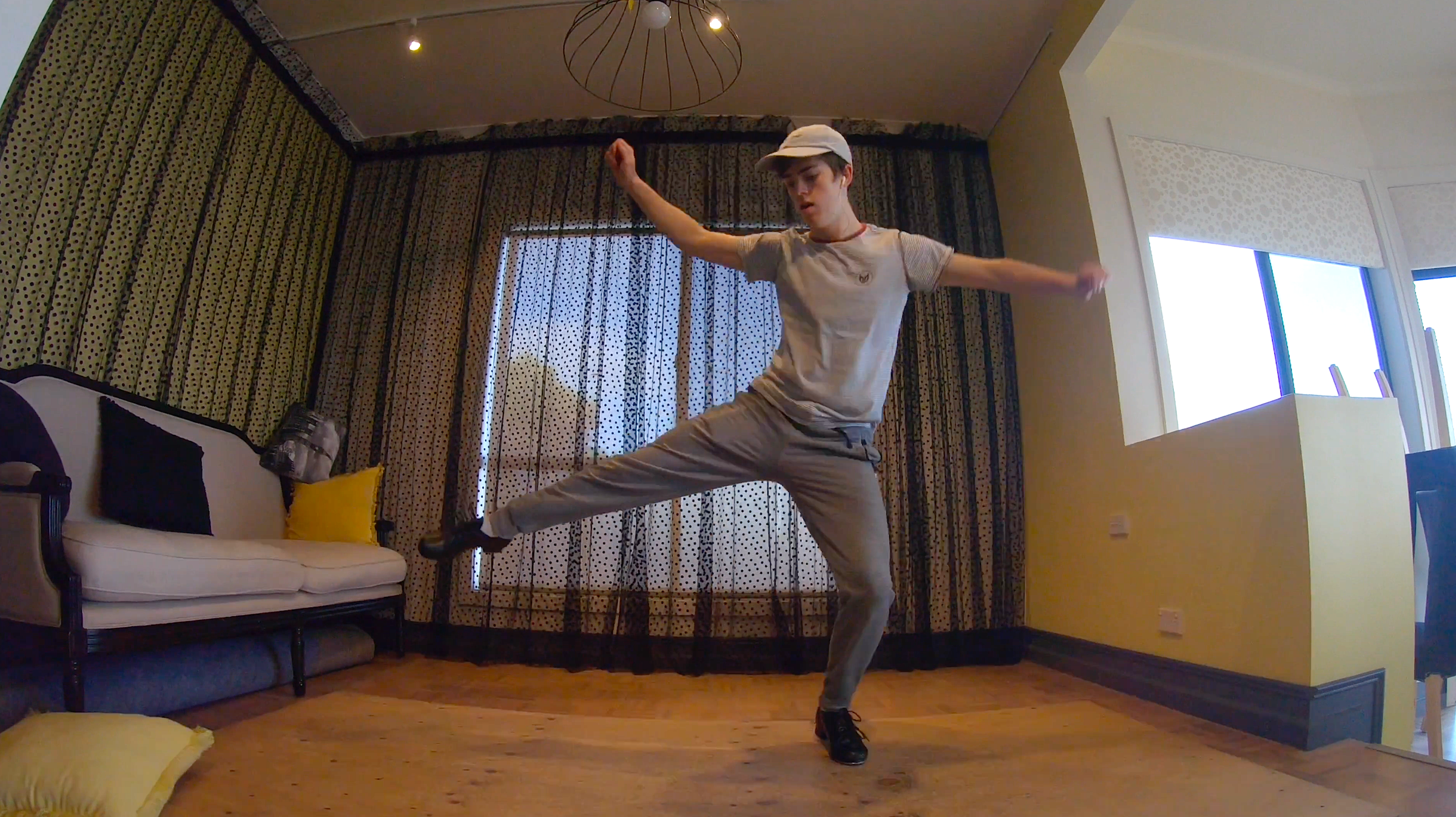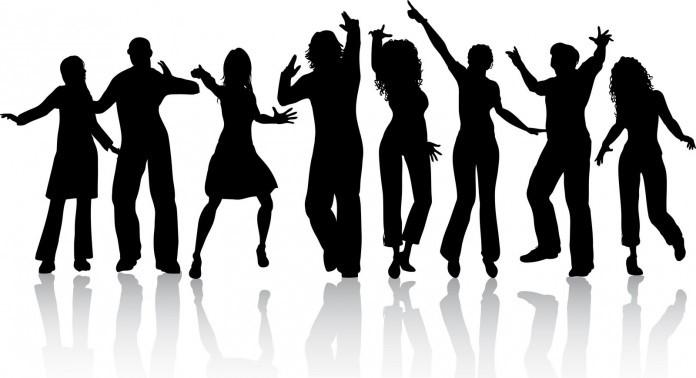Teaching and Learning

Dancing Queen
As I have worked from home and watched my own children in the Remote Learning Program I have often asked myself: what is my child learning? Like me, you may have seen a lot of engagement with technology, video conferencing and some rapid upskilling in the way your child can now use Microsoft Teams and Class OneNote to organise and interact with class resources. There may have been a range of subject textbooks on the student’s desk, some flashcards, some tools of the trade – a scientific calculator, a collection of art pens, or a music manuscript book. But does all this mean that your child is learning?
As teachers, we develop our lessons around knowledge of the curriculum requirements and an understanding of what our students already know. Teaching and learning require us to move constantly between the balcony and the dance floor, that is taking a big picture view of learning and our subject area and then getting into the nitty-gritty of learning with our students.
What I would like to suggest is that teachers are dancers. What we design and deliver involves an intricate dance across the ’learning’ dance floor. Sometimes the teacher dances for the students, performing, modelling, engaging the students. At other times, the teacher is instructing the students how to dance, how to move, hold hands and hold their backs straight. Dancing might involve the whole class participating collaboratively or it might see small groups experiment with different styles of dance. Some learners will naturally be able to dance, hear music, dance, and jive. But other learners will struggle and all who are there on the dance floor will see that they are not having the time of their lives.
Remote learning has made different demands on our dancing. It has made different demands on our teaching and learning.
As educator Daisy Christodoulou says, “The challenge of remote teaching is the challenge of all teaching: learning is invisible.” And in our remote learning program learning is not always visible – it is not always obvious when a student struggles or needs more guidance or perhaps even finding the work easy. We do not have those non-verbal cues to inform our practice.
Regular feedback and formative assessments are the bridge if you like, the segue between what has been taught and what students have learned. During the remote learning program teachers have been embedding formative assessment into their program. Teachers regularly check students understanding and offer a range of ways for students to demonstrate what they know. Students may have completed an online quiz, shared some writing samples in small groups for feedback, used fully worked examples that the teacher has produced with audio and video support. Technology has enabled us to try a range of approaches to understand what the students know and what they are learning.
Our excellent team of teachers have been working rapidly to learn a new ‘dance’, a new way of teaching and learning and help each student in their class. For many of us, we are getting in the swing and we feel as though the night is young and the music is high – remote learning is working well. But now it is time to return to the classroom face to face. And we welcome the opportunity to start a new dance together.
Susan Bradbeer
Deputy Principal Teaching and Learning

